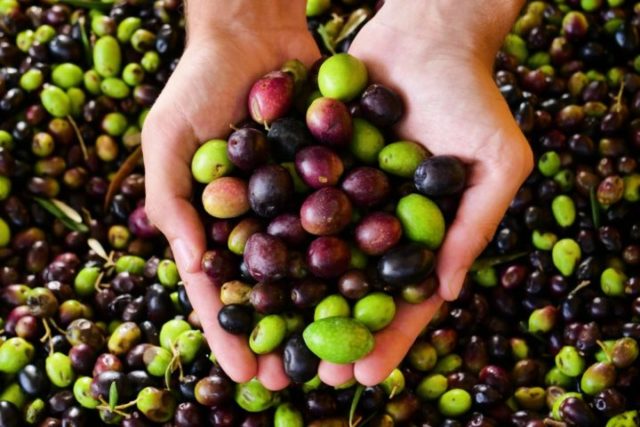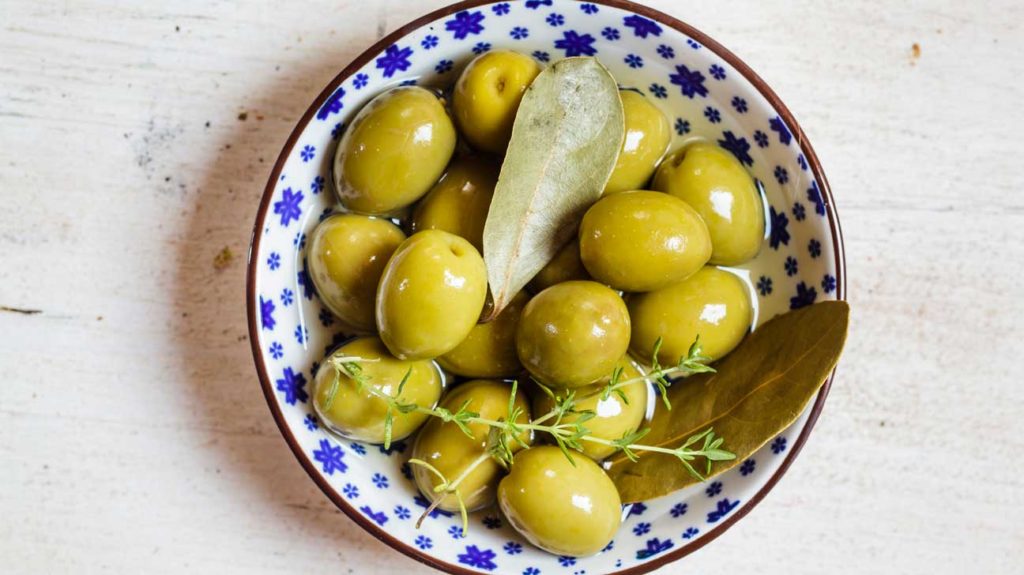Apart from pizza toppings and olive oil, where else can you spot the magical herb? Yes, I am talking about Olive Trees!! Do you know that there are over 700 different varieties of Olives? Yeah, I am sure you didn’t knew this before. Not just this but there are lot of other facts about Olive Trees that you’ll be surprised to know!!
I remember how I used to visit my grandma’s home during summer break every year just to bring two big jars of olive pickles she used to prepare for me! Ahh!! Such a nostalgia! There are lot of health facts about olives that attract many people, like Olives are good anti-oxidants!
Olives can be eaten fresh or processed into pickles, sauces, or canned in oil. Most recipes call for brine-cured green olives, while ripe black olives are more suited to sandwich spreads since they have more meat. Get to know more about Olives by reading these amazing facts about olive trees mentioned below.
Don’t forget to share these Olive tree facts with your loved ones too!!
Amazing Facts About Olive Trees!

- Olive trees are hermaphrodites. That means every olive tree carries both the male and female reproductive organs, so they can self-pollinate if necessary.
- There are over 700 different varieties of olives; each one produces a unique tasting olive fruit, ranging in size from a small pea to as big as a walnut! Greece alone has over 500 types of olives!
- The word “oil” is derived from the Latin word “Oleum.” Oleum means oil, but it also refers to olive oil or any oil made by expression or crushing (like flaxseed).
- The oldest surviving olive tree is around 3000 years old. It is located in Damascus, Syria, and was there during the rule of King David around 1000 B.C.
- Olive leaf has been used for its medicinal properties for centuries by many cultures, from the Greeks to the Egyptians. After Cleopatra committed suicide, she was placed on a funeral pyre of olive branches!
- The Phoenicians introduced olives to the western Mediterranean region, including North Africa, Portugal, and southern Spain, around 1500 BC. Spain now accounts for one-third of all world production of olives, Italy comes in next at 20%, while Greece produces 15%.
- Green olives are usually picked when they ripen naturally while still firm since they will be stuffed with pimentos to make “green olives.” Purple/Black olives are left on the tree longer to ripen fully and soften a bit before being harvested.
- In ancient times, olive oil was used to burn lamps and scents, cook, furniture polish, and of course, as a condiment!
- Olives can be eaten fresh or processed into pickles, sauces, or canned in oil. Most recipes call for brine-cured green olives, while ripe black olives are more suited to sandwich spreads since they have more meat.
- The majority of world production is from the Mediterranean region, including Spain (1/3 of all production), Italy (20%), and Greece (15%).
- Oil from olives is high in monounsaturated fatty acids that have been shown to protect against heart disease by reducing low-density lipoprotein (LDL) levels and raising high-density lipoprotein (HDL) levels. Studies have also linked a low incidence of cancer in people with a diet high in olive oil.
- An acre of olives produces an average of 75 liters or about 19 gallons of olive oil.
- Olive trees produce fruit for as long as they live! That’s over 2000 years, though most modern cultivars only live up to 100 years.
- The Romans first made “green” olive oil from unripe green olives by bruising them and soaking them in water, dolomite, and salt. This was done to prevent the oil from becoming rancid. The result was a spicy/salty-tasting oil that wasn’t very popular, but it did keep longer than regular olive oil!
- The ancient Greeks were the first to use presses for extracting olive oil about 2500 years ago.
You may also be interested to read 20+ Fun Facts About Spring Season: Season Of New Beginnings!!
Cool Facts About Olives

- If you want to enjoy olives without all of the work, look for them already pitted at your local grocer or deli!
- Olives are high in vitamin E, which is valuable both as an antioxidant and skin conditioning agent.
- It takes around 70 pounds of olives to make one liter (33 fluid ounces) of pure olive oil since it takes several fruits’ worth of juice to make just one tablespoon of the oil.
- Olive trees are often older than 100 years old and can grow up to 60 feet tall.
- During ancient Greece, slaves were forbidden from eating olives for fear that they might revolt!
- It takes 4-5 pounds of fresh fruit to produce just one pint of pure olive oil, which is good news for your taste buds but bad news for your pocketbook. Depending on the harvest and type, prices vary significantly on olive oil, ranging between $6-$20 per liter.
- The world’s largest olive mill spans over 70 acres in Sevilla, Spain!
- Some brands have begun adding “light” colors or flavors to their olive oils, so customers don’t come running back to demand refunds after tasting their “light” olive oil that is anything but!
- The word “martini” may have come from the Italian phrase for “the good Martini,” which refers to the green olive garnish quality used in early martinis.
- Many people believe that green olives are cured in brine while ripe black olives are pickled, but both are often preserved through fermentation before being packed in salt.
- Olives can be processed into an ‘oleomarga’ paste, which European monks created as a spread for bread.
- It takes one year for an olive tree to grow until it bears fruit and 5-10 years more until it’s a total capacity.
- Within three days of being picked, olives are crushed, and the first drops of pure olive oil emerge at the top of the tree!
- The ancient Chinese were one of the earliest civilizations to use olive oil for cooking, but its usage dates back even further to 2700 BC in India, 4000 BC in Egypt, and 1600-1800 BC in Babylonian culture.
- Olives may be stored for several years without spoiling because their high acid content is a natural preservative.
- Ancient Greeks used to throw an olive branch into newlyweds’ homes as a symbol that it was now blessed with fertility, which is why you will sometimes see branches hanging above doorknobs or doorways today.
Wrapping Up
I hope you all had fun exploring these super cool and amazing facts about olive trees and there magical properties!! Keep visiting our site for more interesting stuff. We bring the best for you!!
Happy Reading!
